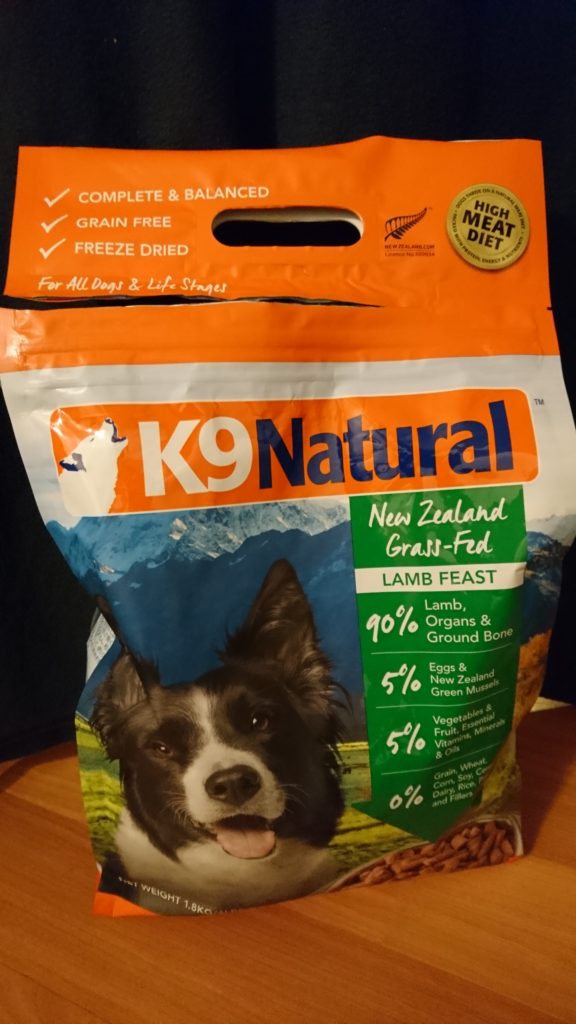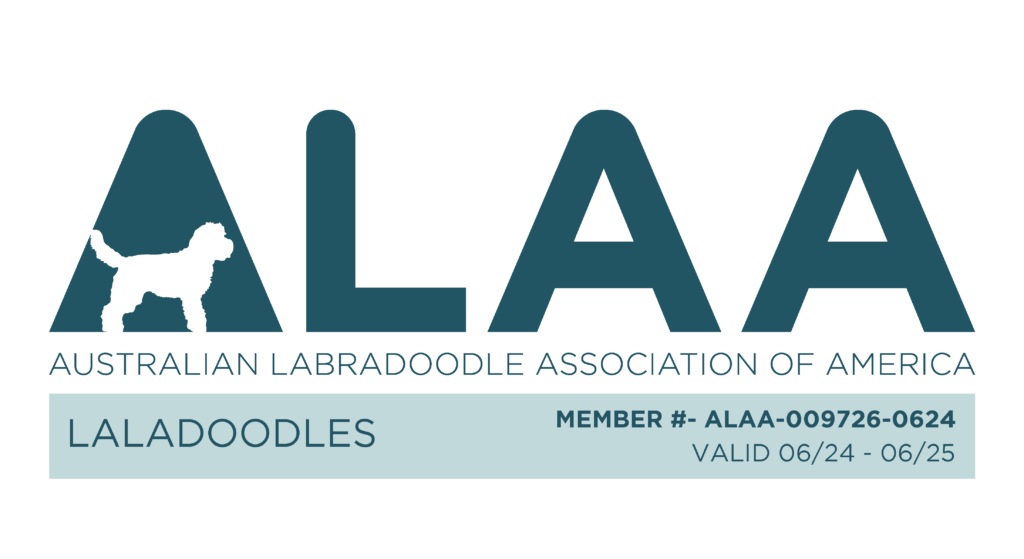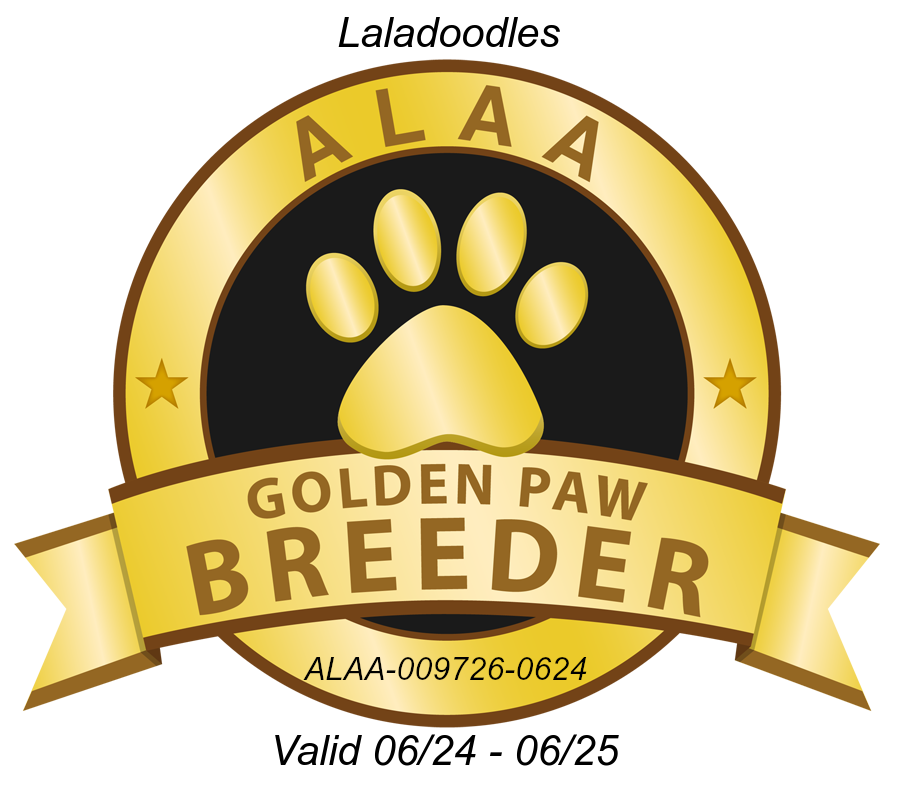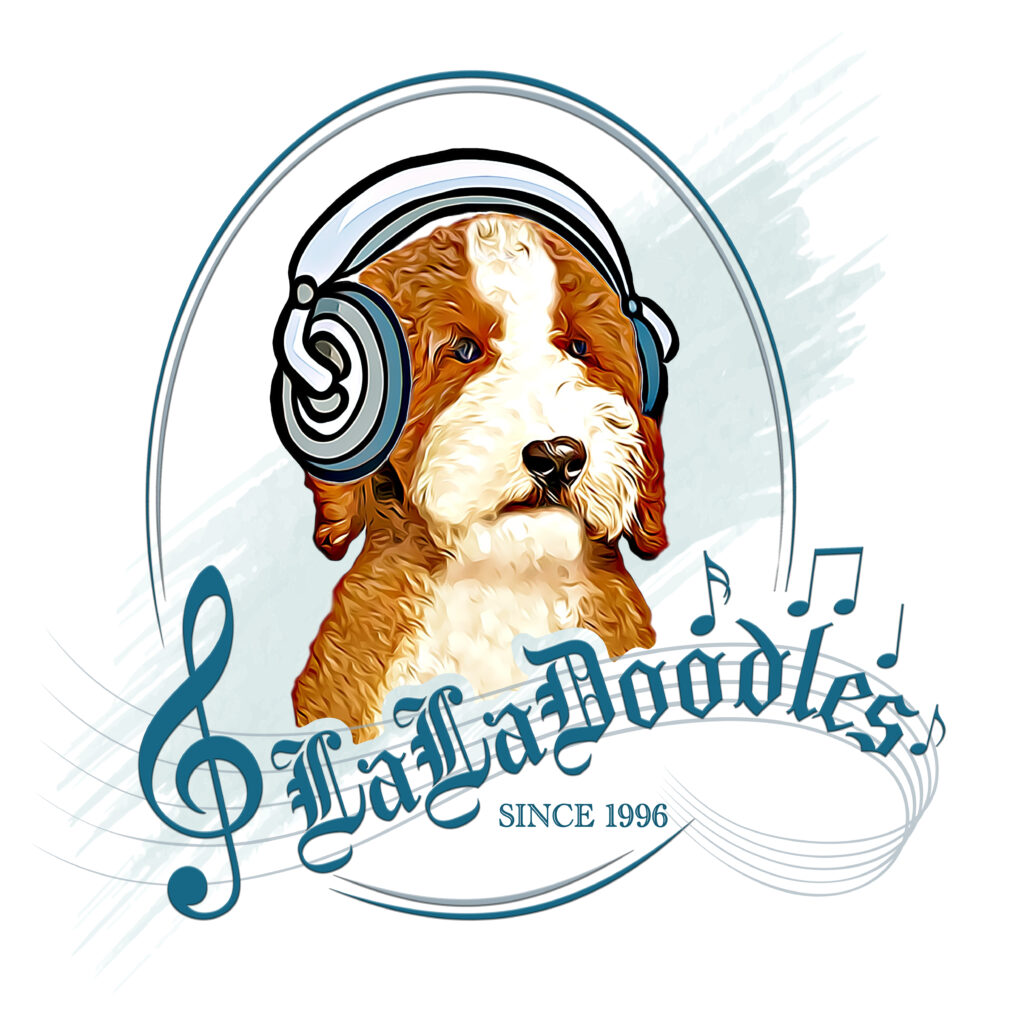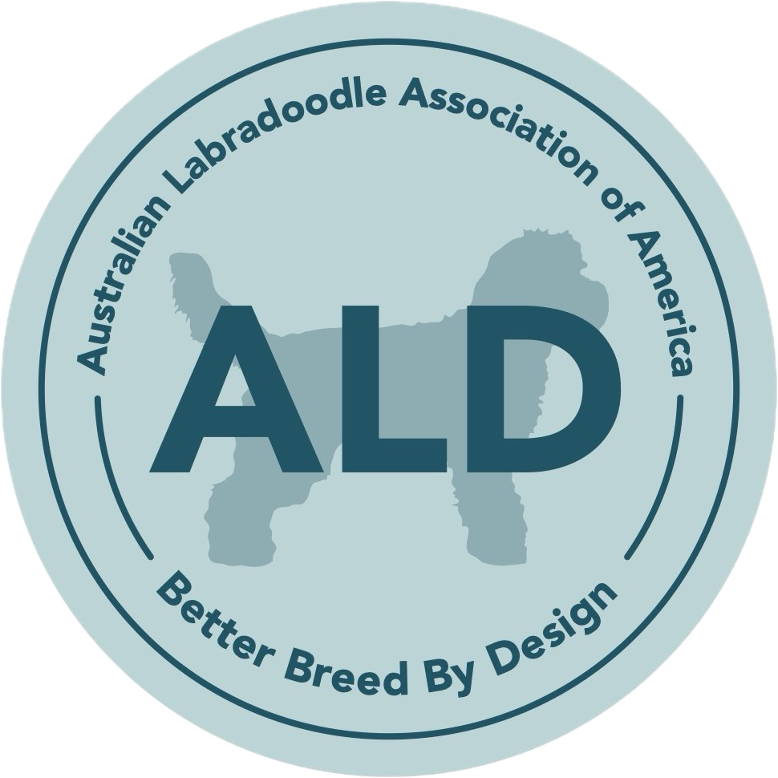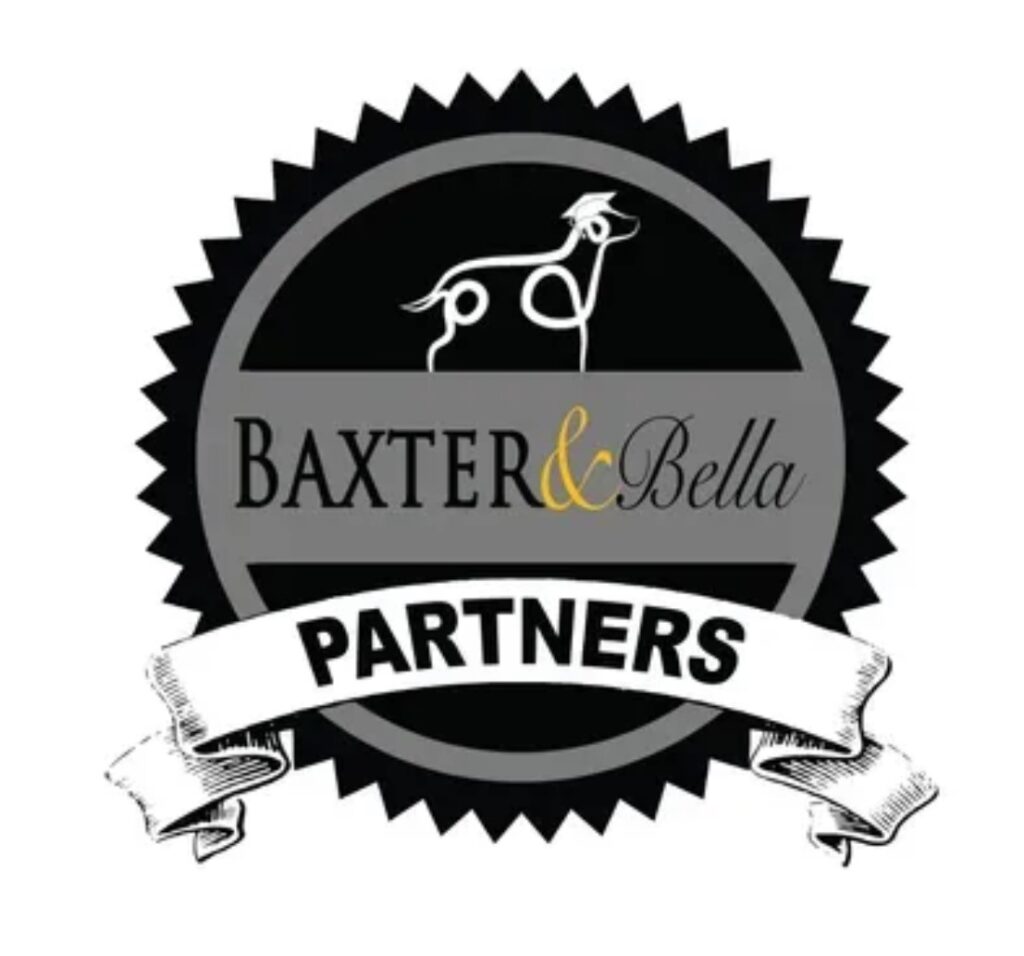Just like preparing for a new baby’s homecoming, there’s alot to think about and prepare for your new little one arrival! Safety, puppy’s transition to his/her new environment, and basic needs of your new addition to your family.
VET APPOINTMENT!!
Please schedule with your vet your pups 9th, 12th, and 15 weeks vet vaccines appointments ahead if you will be picking up pup at 8 weeks of age.
I will be taking pup to 6 or 8 week vet appointment to have age-appropriate vaccinations.
This is our vet’s vaccine schedule. Please check with your vet and schedule with their recommendations.
Our vet vaccine schedule :
Week 6: Canine DA2PP 2nd booster
Week 9: Canine DA2PP 3rd booster
Canine Lepto 1st
Bordetella Oral 1 yr
Week 12: Canine DA2PP Vac Annual
Canine Lepto 1 yr
Canine Rabies 1 yr
Transition:
Please schedule a time when you know you will be there to supervise for at least the first weeks of transition. Homecoming day should be a quiet time in the household for a positive new beginning of slow exploring of new smells, environment, and introducing new family members and pets. Our pups have been socialized with large older pups and dogs and humans so it’s the human bonding and treatment /experience of pups that is crucial for pups first 16 weeks of imprinting that will mold your pup .
Safety:
Puppy proof your home. You can use baby cabinet/drawer safety locks to protect pup from getting into bathroom/kitchen/laundry room/garage toxic cleaning agents, harmful items in trash that pup may swallow. Keep toxic or harmful items high out of reach. Install a baby gate to protect your pup from falling down stairs and injuries. Appliances/electronics with cords, puppies like to chew and pull, so keep cords tied up out of reach or heavy electronic or small appliances at a lower level or block that area off.
Some plants that are toxic to dogs:
1. Rhododendron
2. Aloe Vera
3. Baby’s Breath
4. Azalea
5. Begonia
6. Carnations
7.Chrysanthemum
8. Tomato plant
Basic needs:
Lots of chew toys !
No puppy treats including chew sticks! This will give your pup runny stools, it’s a nightmare, trust me. ? Just use your puppy food for training or a treat.
Puppy Food:
This is what I have fed our pups for our last litter. It’s Natural Balance Lamb and rice Puppy Recipe. Pup will be eating dry kibble 1/4 cup 3X/day at 8 weeks of age. Don’t feed more than that, if you do, it will be runny stool city! ? I use mealtime for a training opportunity with the dry kibble in your pocket/hand.
ATTENTION! If after 2 days of pup being in its new home (and eating the same food and amount ) your pup has loose stools, please take your pup for a vet check up right away with sample of stool for either treatment for an intestinal infection, if pup has eaten something with bad bacteria, just to be sure.
UPDATE!!! 7/2018
We are new to raw feeding our dogs since March 2018 and very pleased to have made the switch! Pups have been doing great eating Northwest Naturals Beef & Bison Bars. Since I have multiple dogs I order a 25 lb box of Beef and Bison Bars, they are scored and I just break off pieces and feed right away. I don’t thaw it I just give straight frozen. It takes them longer to eat it and they love it! Pups have been eating 4 x/day here, but will transition and be eating 3x/day when you pick up your pup. They have also been eating Small Batch frozen pre-made beef and they love it and with no problems.
I purchase our pups frozen raw food from my nearest pet store in Columbia City ‘All the Best Pet care’. Since I have switched to raw, our pups have had no issues with their stool as in the past feeding dry kibble.
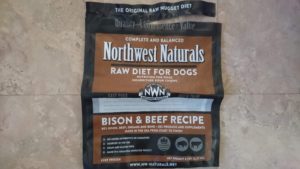
I also have done home made raw when I ran out of the Northwest Naturals for pups while waiting for my box shipment of Northwest Naturals. I just mixed ground beef, beef heart, tiny amount of beef liver, carrots, broccoli, watermelon, ground flaxseed, apple cider vinegar, blueberry, dried kelp, ginger, parsley, garlic, and powdered or crushed Calcium (no D3) supplement.
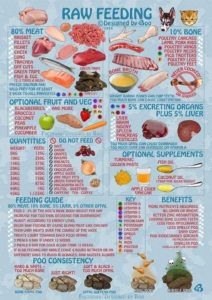
If you will transition to a different food, allow a week to gradually add (very little!) each day to their food. Some pups tummies are extra sensitive to change.
I feed my pups in their crate for crate training and potty training. Your pups crate has a piece of carpet rug, so I just lay the bar on it and they associate the crate with positive eating experience and not for eliminating. I make sure they have potties outside or on pellets before I put them in crate, as they can be in closed crate for 1 & 1/2-2 hrs.
Water and Food Bowls:
Offer water during mealtime and then take it away, this will help you with crate training / housebreaking and you will know when to expect their potty time! If you leave water out for pup all day anytime, then expect your pup will pee all day anytime all over your carpet! ?
Best time to put your pup in a crate during the day = immediately after pup has done #1 + #2. Crate pup, leave pup for 2-2 &1/2 hrs. max at this age.
Pup knows how to drink water from a water bottle dispenser! It’s amazing, get a good quality one and you will have no water mess! I use the Lixit Top fill.
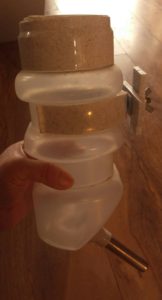
Or you can use a regular water bowl, I recommend using an old tray under the water bowl. When I have pups I like to keep the water bowls outdoors as pups can get playful and like to step and play with their water! I just change the water every meal and wipe out the bowl to avoid bacteria forming.
TIP! Feed pup in crate in a bowl or scatter food in crate, pups don’t like to eliminate where they eat . But if left too long in crate they will eliminate!
CRATE:
From weeks 6-9 your pup will be crated 3-4 X during the daytime for 2-2&1/2 hours at 7 &1/2 -9 weeks. Your pup will be comfortable and used to his/her crate.
Pup has been sleeping in a 24 X 18 X 20 small sized metal crate. We recommend getting a crate the next size up with a divider with room to grow.
I put a blanket on top of crate to give pup a ‘cave like’ feel. If pup starts to whine a bit, I will say firmly ‘go to sleep’, and cover front of crate with blanket. I find if you do same routine with pups, body language and tone of voice, pup learns fast and this is part of you training pup, don’t let pup train you!
In the daytime while in the crate, if your pup is being quiet give a piece of kibble as a reward for good behavior say ‘good quiet’.
For standard sizes:
As an adult, your pup should use the metal crate size we use for our standard small mama dog and that is 36 X 23 X 26
Bedding:
Your pup is used to sleeping on a soft bedding. I would recommend placing an old towel on top of bed in case of accidents.
Dog Collar, Harness, and Lead:
Your pup will need a size small collar at week 9. At 5 months and up your pup will need a size medium. When first introducing pups harness , collar, and lead, give a piece of their food.
We like the Petsafe Easy Walk harness! I tried it on my adult 3 year-old dog and he stopped pulling the first try!
It’s best to start early and continue with basic obedience with pup and train pup to sit at your side when learning walking on leash, this will help you to avoid bad habits of pulling. Please watch my vids on the basic heel command.
Puppy’s nail trimmer, brush, toothbrush, and toothpaste!
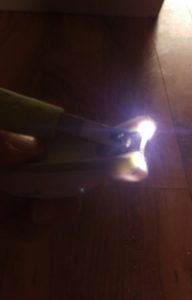
Each week, I’ve been trimming pups nails with a safety first baby-lighted nail clipper. This works great to avoid the quick. I give a piece of food in the middle of nail trimming.
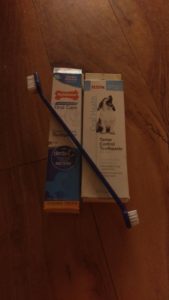
Indoor Litter Box Potty Wood burning stove pellets for convenience:
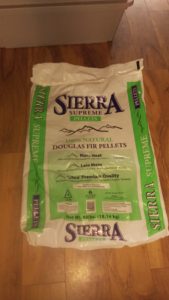
I pick up a bag of these pellets at my local Lowe’s when in Season, if not in season, I’ve found it at McClendons in Renton.
I also click and give a piece of kibble when pup goes potty in tray and especially outdoors on grass!
